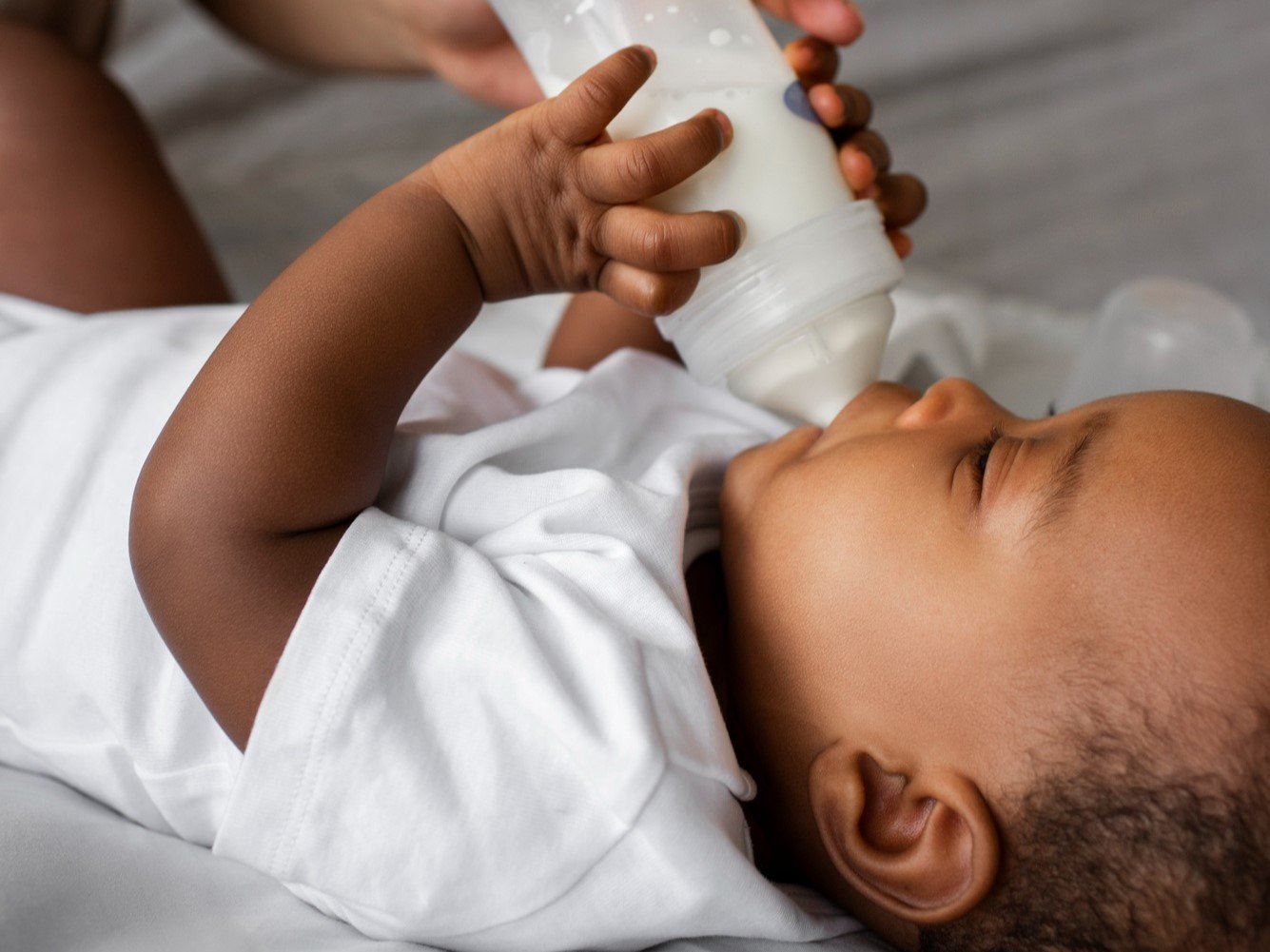As parenting continues to evolve, so too does the way we approach infant feeding. The Global Baby Feeding Bottles Market is projected to grow from $2.9 billion in 2023 to $3.8 billion by 2032, reflecting a global shift in consumer expectations and lifestyle changes.
Safety Is the New Standard
Gone are the days when feeding bottles were simple plastic containers. Today’s parents are scrutinizing materials, manufacturing processes, and health certifications. The shift toward BPA-free, phthalate-free, and non-toxic materials is no longer a trend—it’s a baseline requirement.
Glass and silicone bottles are becoming the go-to choices, especially among health-conscious and eco-minded parents. These materials offer chemical resistance and durability while reducing the environmental impact.
Smarter Feeding, Happier Babies
Today’s feeding bottles come loaded with thoughtful features designed to make feeding more natural and stress-free. Some notable advancements include:
- Anti-gas and anti-reflux features
- Temperature indicators that change color
- Soft nipples mimicking breastfeeding
Such innovations aim to reduce colic, feeding discomfort, and the transition challenges between breast and bottle.
Eco-Friendly Is More Than a Buzzword
Sustainability is gaining momentum in the Global Baby Feeding Bottles Market. Reusable materials and recyclable packaging are becoming key purchase drivers. New parents increasingly look for brands that align with their environmental values, and this influence is shaping both product development and marketing strategy.
Digital Shopping Takes the Lead
The convenience of online shopping cannot be overstated. Parents, especially millennials and Gen Z, now rely on digital platforms to read reviews, compare prices, and discover new feeding solutions. Brands are responding with:
- Subscription plans
- Influencer-led content
- Direct-to-consumer models
This shift has helped smaller, niche brands enter the global market, intensifying competition and innovation.
Hurdles Still Exist
Despite strong momentum, the market must navigate several challenges:
- Cost-sensitive regions may find premium bottles inaccessible
- Breastfeeding campaigns supported by global health agencies may limit bottle uptake
- Material misconceptions still exist around newer synthetic compounds
The Road Ahead
We can expect to see more:
- Smart bottle integrations with health tracking apps
- Personalized bottle solutions for babies with specific needs
- Market growth in tier-2 cities across Asia, Africa, and South America
In Summary
The Global Baby Feeding Bottles Market is growing because today’s parents demand more—more safety, more sustainability, and more intelligence in the products they use. As technology and environmental awareness continue to shape the industry, the future looks promising for both brands and families.

